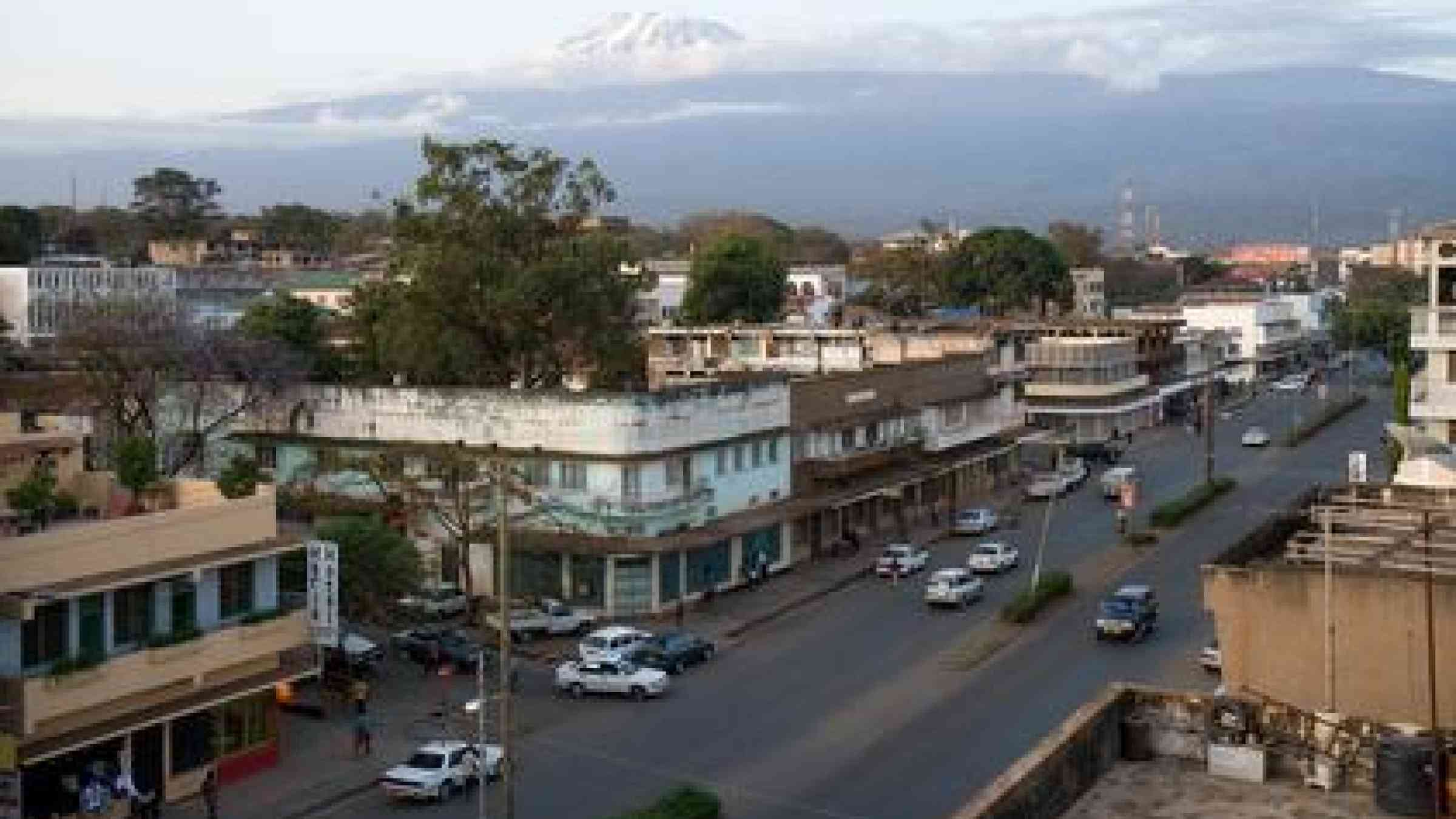UNISDR report finds African towns struggling with disaster management

Moshi, Tanzania
DAKAR, SENEGAL, 5 December 2012 - A new report published today by the UN Office for Disaster Risk Reduction, UNISDR, lays bare the huge challenges faced by medium-sized African towns struggling to cope with the rising tide of disaster events, rural-urban migration and ecosystem destruction without early warning systems or budgets to reduce risk.
When it comes to spreading knowledge about disaster risk reduction to staff working at local government level, the report finds that most staff do not have direct access to computers and information management systems are non-existent.
"City Resilience in Africa: A Ten Essentials Pilot" was launched today at the Africities event attended by thousands of local government representatives from across the continent, and examines three iconic mid-sized African towns, Narok (pop. 60,000), a place of rampant poverty despite being a tourist town in Kenya's Rift Valley; Kisumu (pop. 200,000), a major trade hub on the Kenyan shores of Lake Victoria; and Moshi (pop. 150,000), affected by floods and drought, at the foot of Mt. Kilimanjaro on the Tanzanian border.
They were selected for the study because they have signed up to UNISDR's global "Making Cities Resilient" Campaign and were assessed against the campaign's "Ten Essentials" for achieving resilience.
Speaking at the launch, UNISDR's campaign director, Helena Molina-Valdes, said: "The report finds there is recognition of the value of disaster risk reduction and the need to build resilience but the means, knowledge and political commitment to do it are lacking. Indigenous local knowledge is valuable but it's not enough on its own especially given the challenge of climate change across Africa.
"These three towns are not unique. Many cities and towns throughout Africa are struggling to meet basic urban infrastructural needs such as clean water, waste management disposal and drainage systems. Disaster risk reduction is not integrated into urban planning in many local governments."
The report finds that the pilot cities are mostly overwhelmed during floods and droughts, the two most common hazards they face. The three local governments are not well-equipped to respond to disaster events; interventions and support are limited and uncoordinated. They are limited by funds, capacity, infrastructure and slow administrative links with regional and national authorities.
Abdou Sane, UNISDR Champion for Disaster Risk Reduction in Africa, said: "Africa has shown its commitment to disaster risk reduction at the regional level. The most important ingredient is to get the political leadership to act on this. This remains a problem. Strategic planning is rare at the city level where the most vulnerable people are gathering in informal settlements and where valuable economic assets are increasingly exposed to disaster risk.
"This report is a very good reminder that when we meet in these forums we must focus on action and what works well. Local government leaders are on the front line of building resilience against climate change and extreme weather events and must be given the resources by national governments to meet the challenges."
Explore further
Also featured on
Is this page useful?
Yes No Report an issue on this pageThank you. If you have 2 minutes, we would benefit from additional feedback (link opens in a new window).